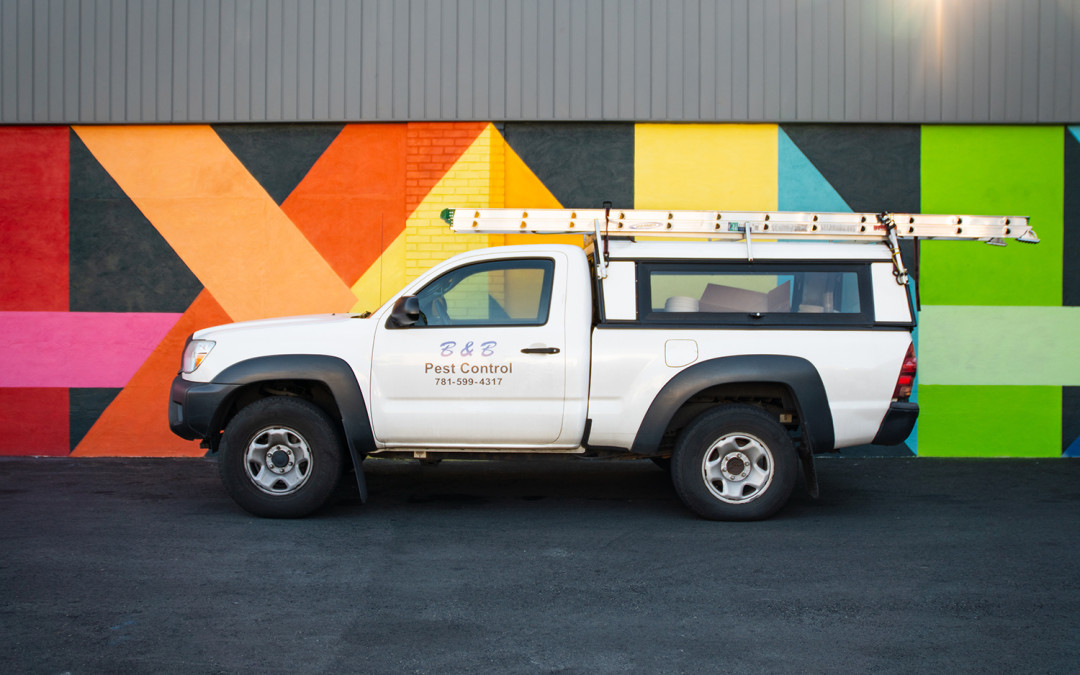Dozens of termite species can be found in the US, and most of them belong to one of three categories known as subterranean, drywood and dampwood termites. Subterranean termites live in colonies located within moist ground soil where they remain out of human sight at all times, and they are far more destructive to homes and buildings than their drywood and dampwood relatives. The most damaging and economically costly termite pest in the US is commonly known as the eastern subterranean termite (Reticulitermes flavipes), and this species is prevalent in Massachusetts. Every year from April to June in the northeast, termite mating flights emerge from existing colonies, and these winged specimens known as “alates” are the only group of subterranean termites that are able to survive in the open air.
During termite swarming season, most alates that take flight rapidly die, but those that survive to mate shed their wings to become the queen and king of a new colony. Subterranean termite colonies are made up of three primary social castes known as workers, soldiers, and the royal pair. The royal pair remain within the primary nest for their entire 15 to 30 year lifespan, and soldiers accompany workers during foraging expeditions to defend workers from predatory attacks. Workers also establish secondary nests to mark the expansion of their colony’s foraging range, and only workers infest and feed on structural wood in homes and buildings.
During the warmer months in the northeast, subterranean termite workers constantly tunnel through soil in search of food consisting of cellulose, which is the primary compound that makes up the tough parts of plants. Since dead wood from trees decomposes far more slowly than leafy plant debris, wood accounts for most sources of cellulose that workers encounter during foraging expeditions. During the spring, summer, and fall, workers forage within 2 feet of the ground surface, but they constantly alter their depth to remain within moist soil. As the fall season comes to a close, subterranean termites seek food at greater depths in soil where they are better insulated from the outside cold. During the coldest period of winter when the ground is frozen solid, all subterranean termites enter into a semi-dormant state many feet below the ground before remerging the following spring in response to warming temperatures. However, it is important to know that central heating in homes and buildings, particularly in basement structures, can keep the soil surrounding structures warm enough to support foraging workers that may initiate infestations. Luckily, winter time termite pest activity is not a serious concern in Massachusetts.
Is your home currently protected in any way from subterranean termite attack?

